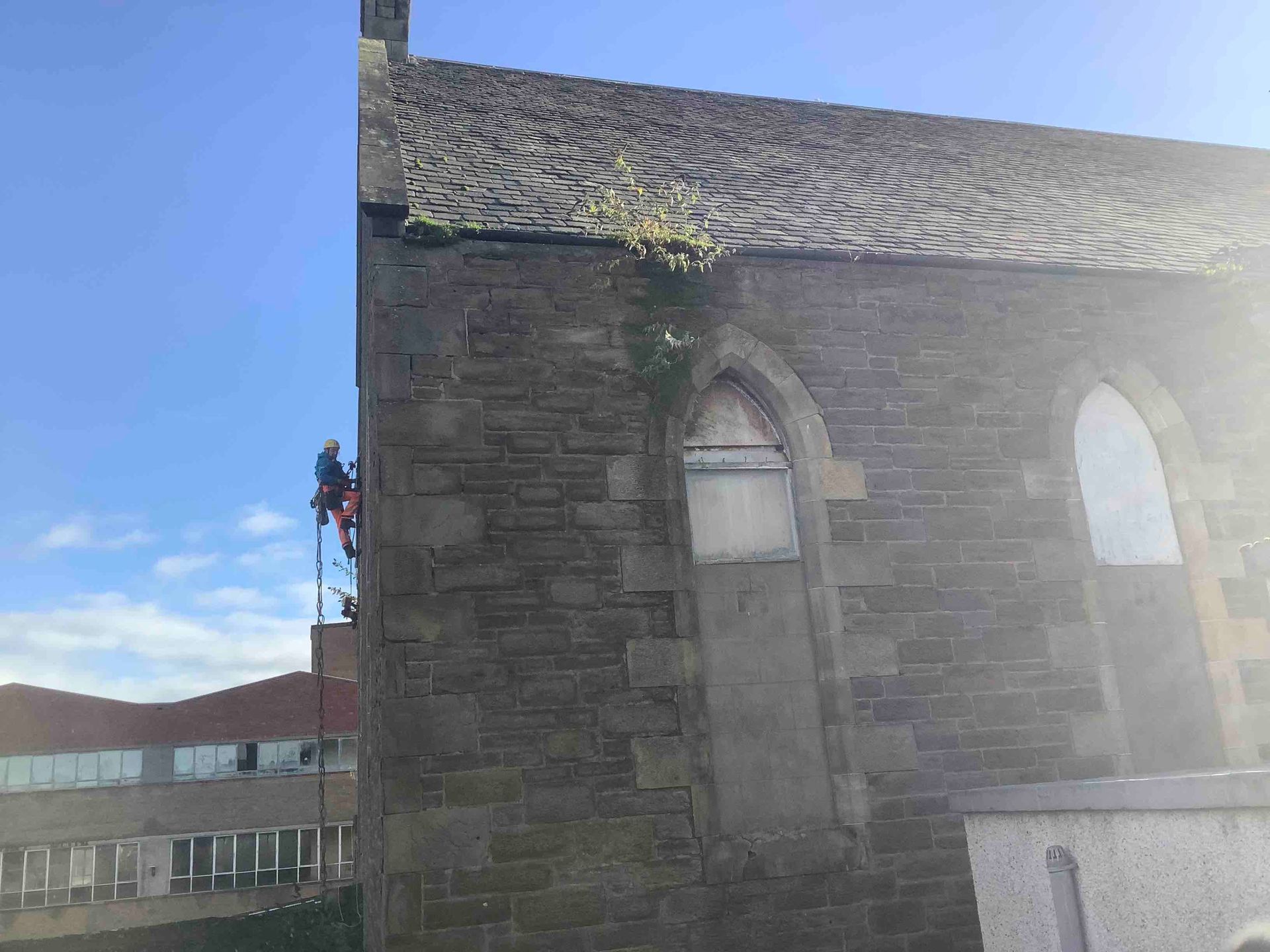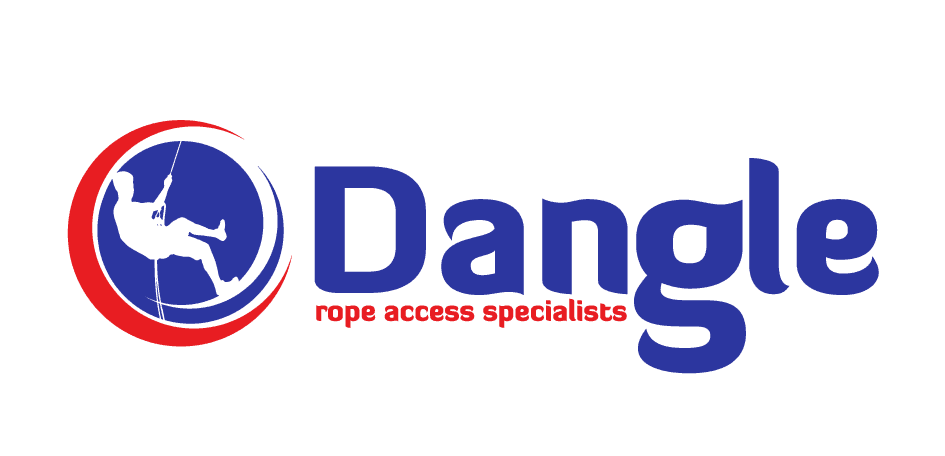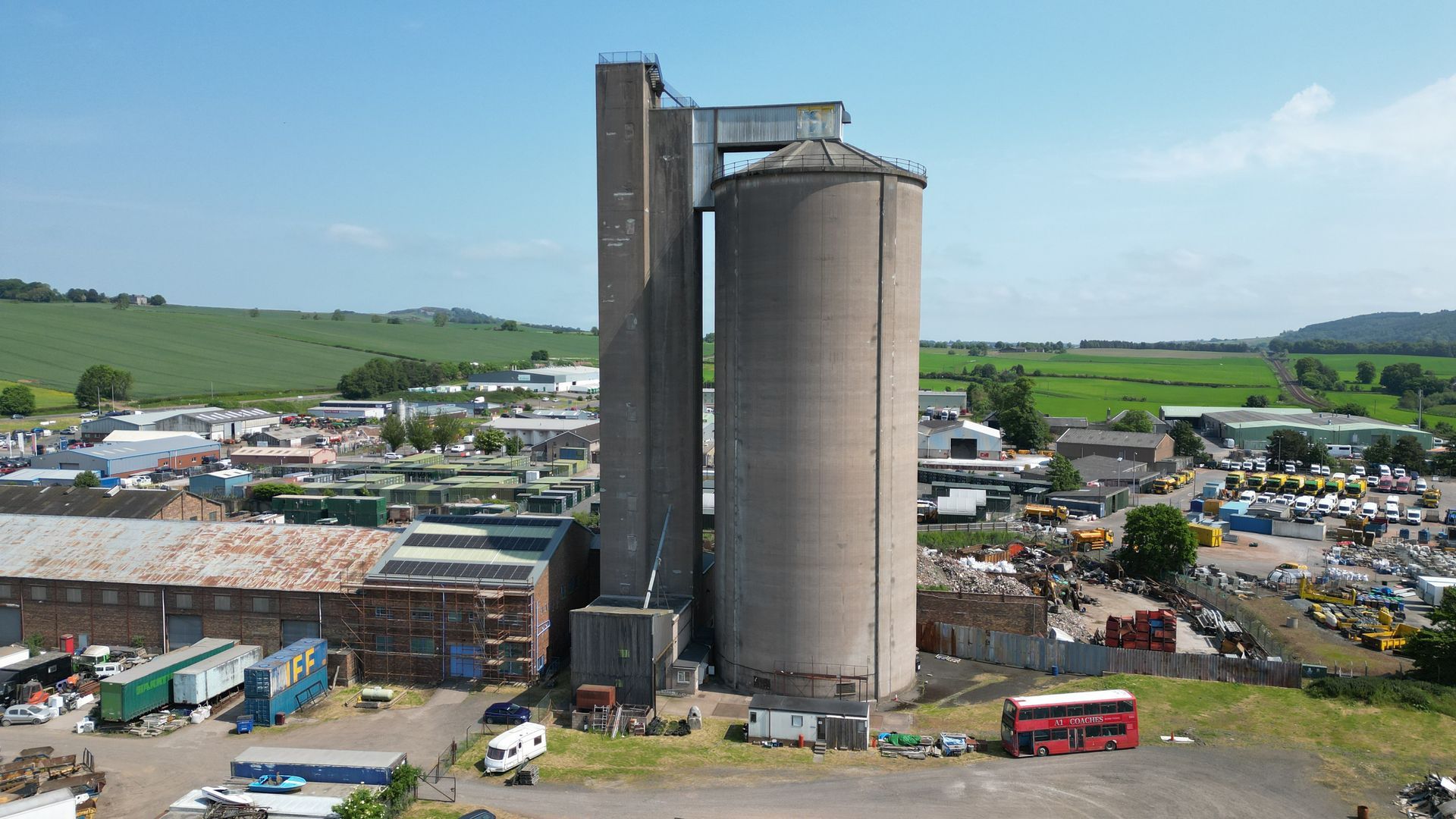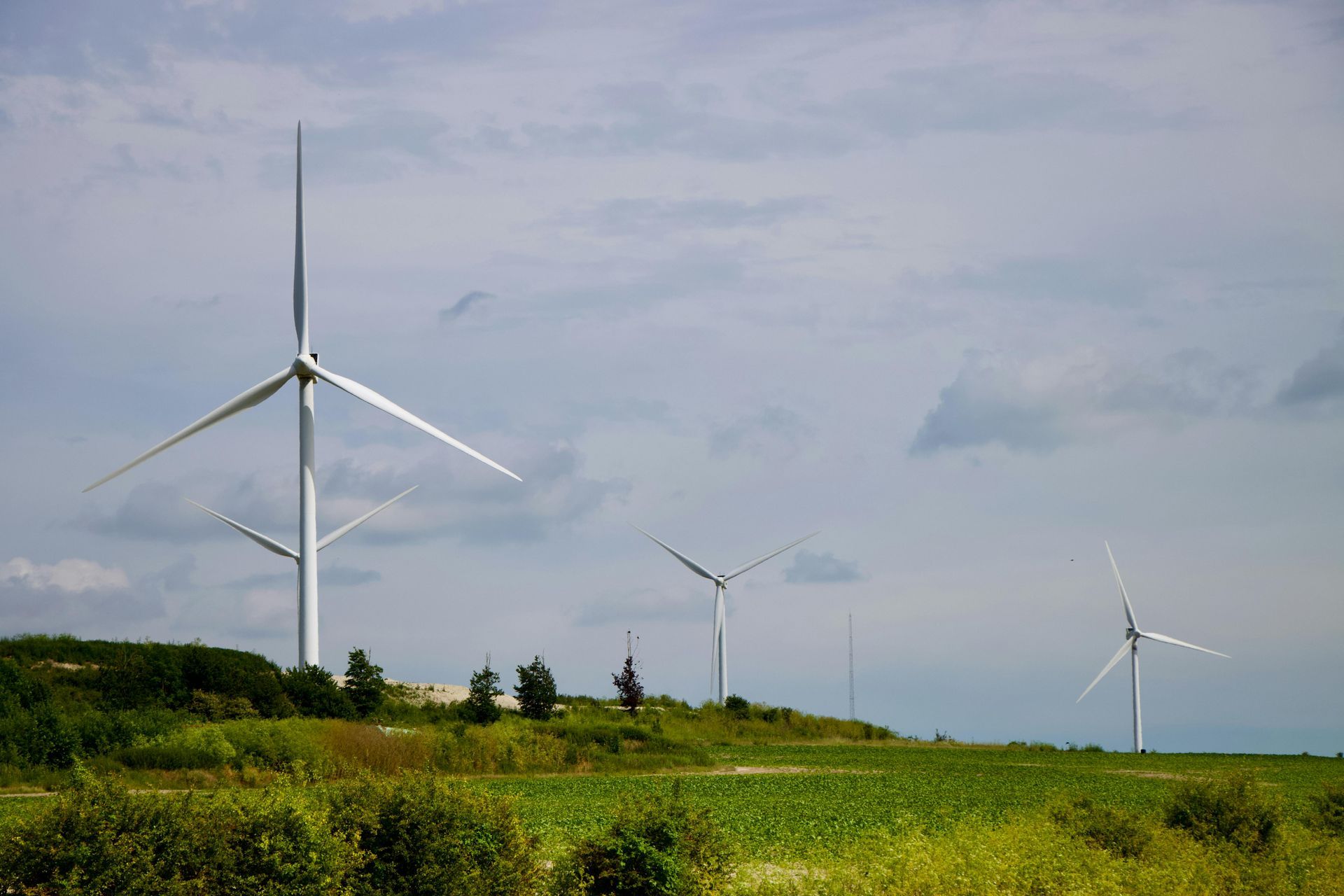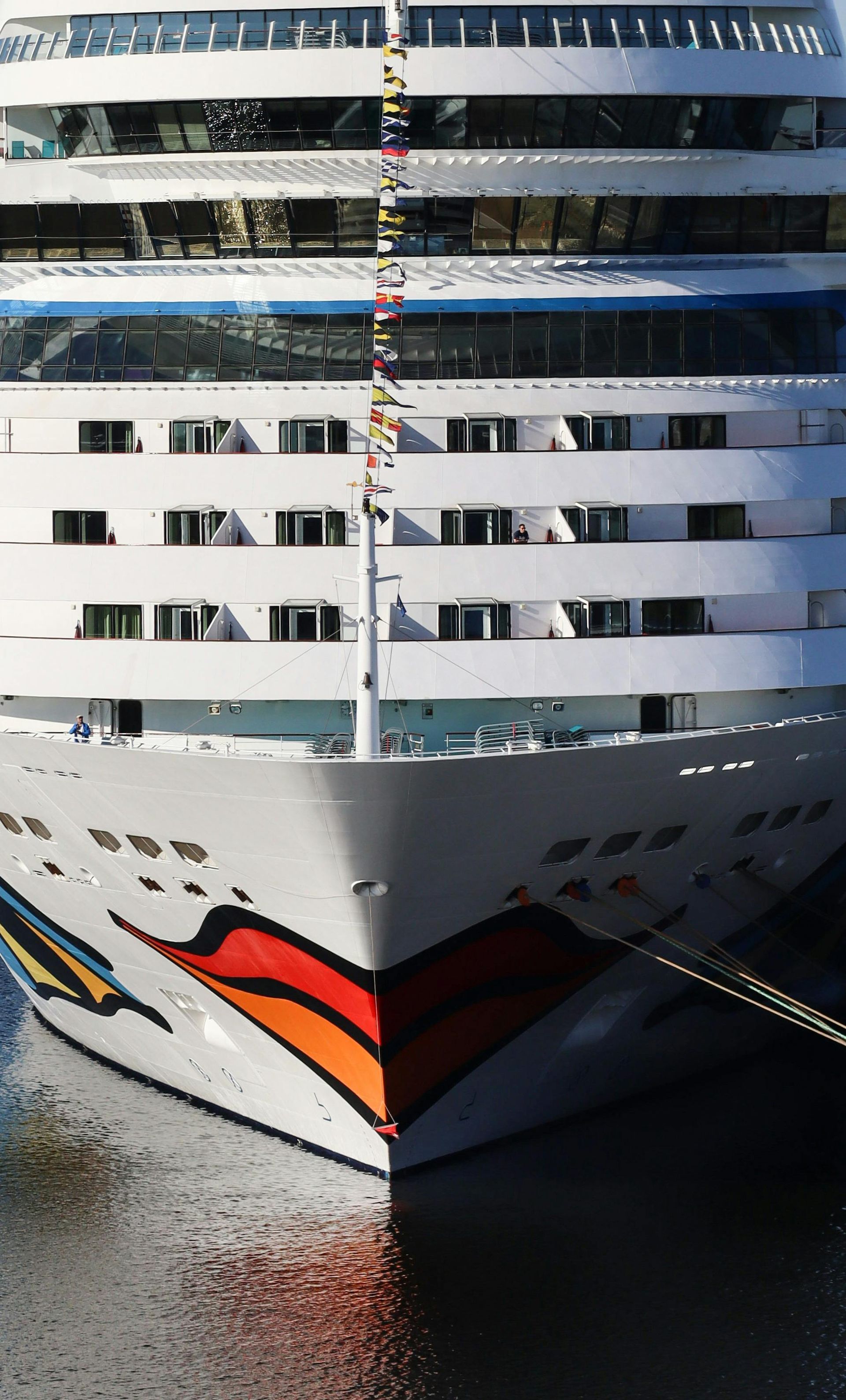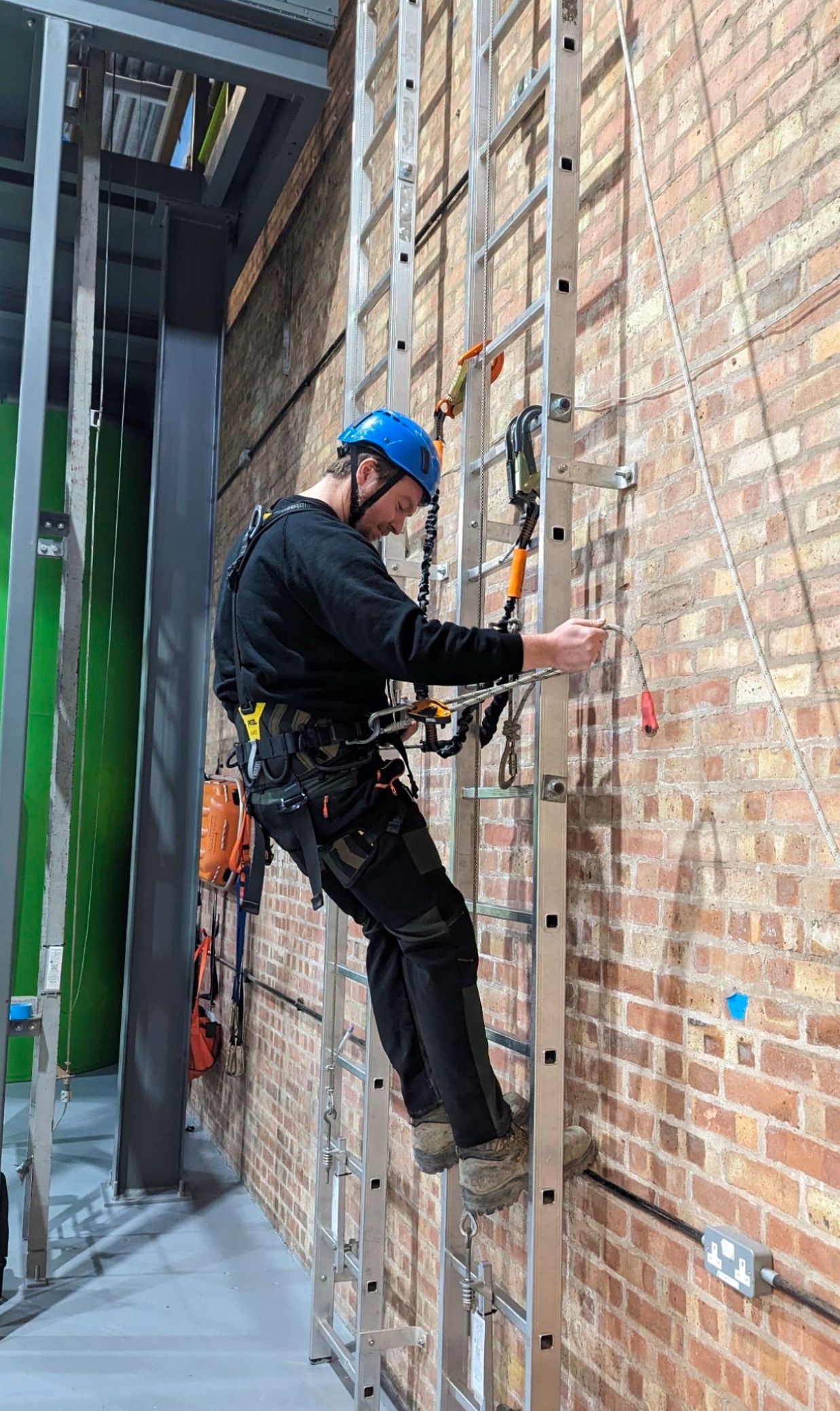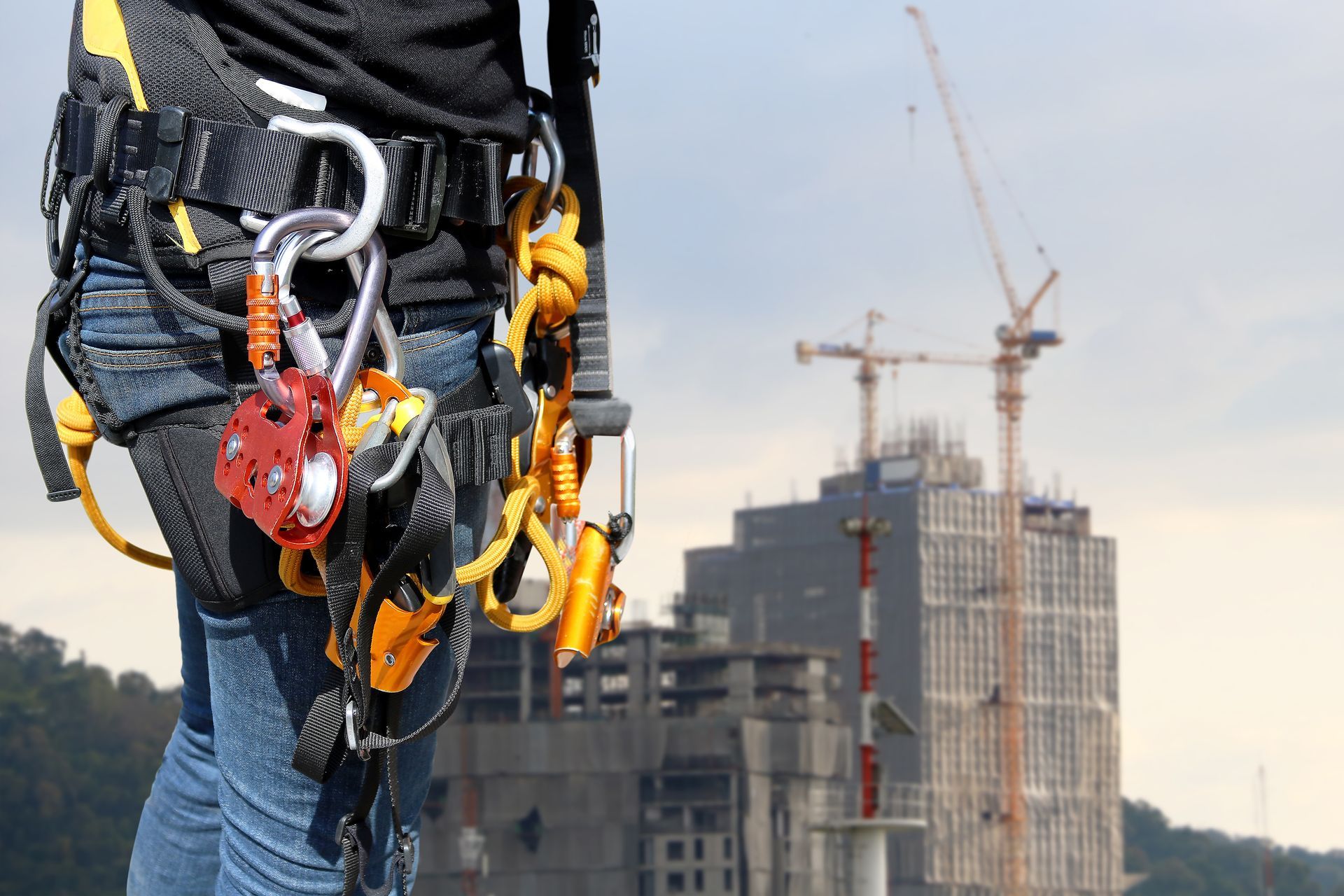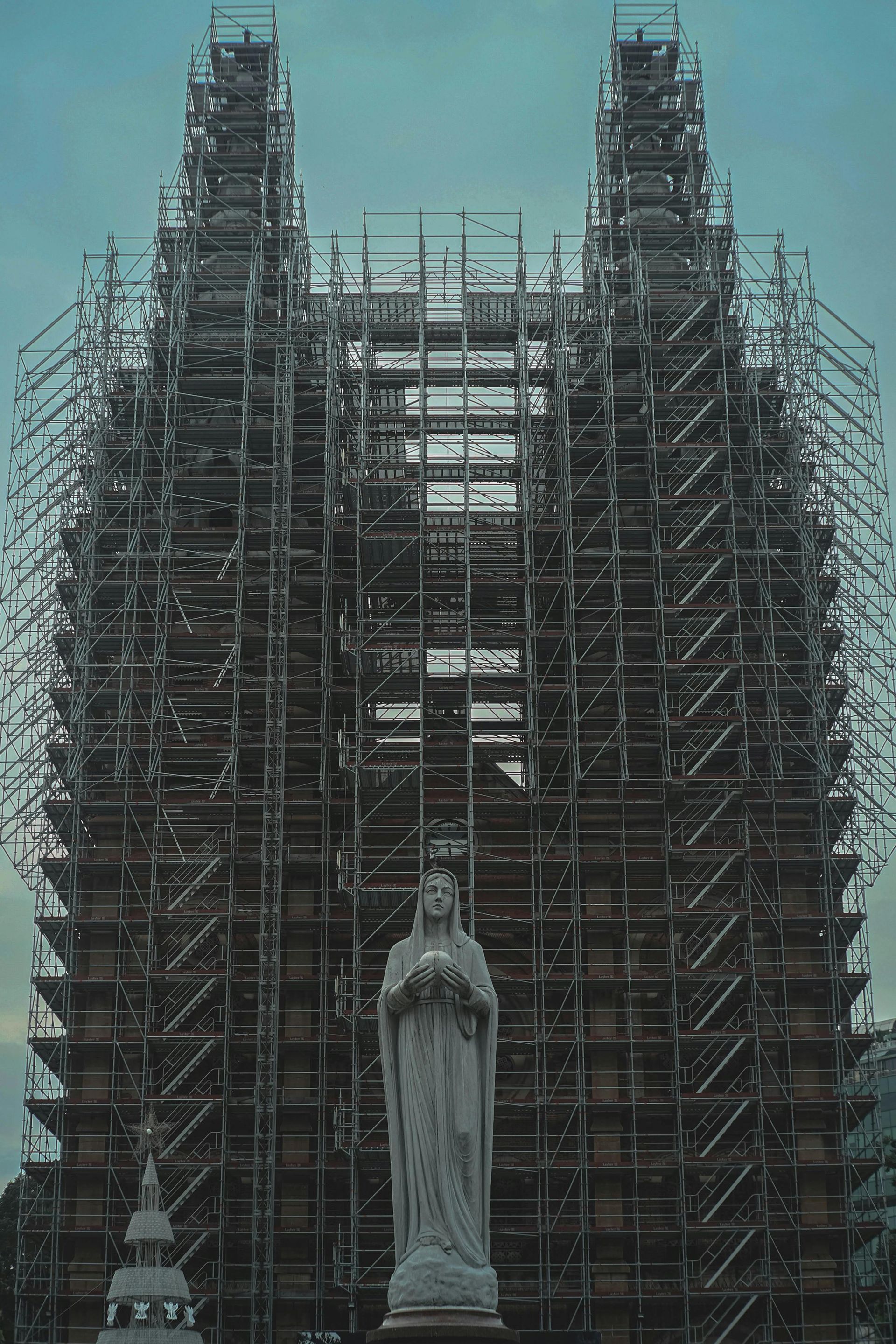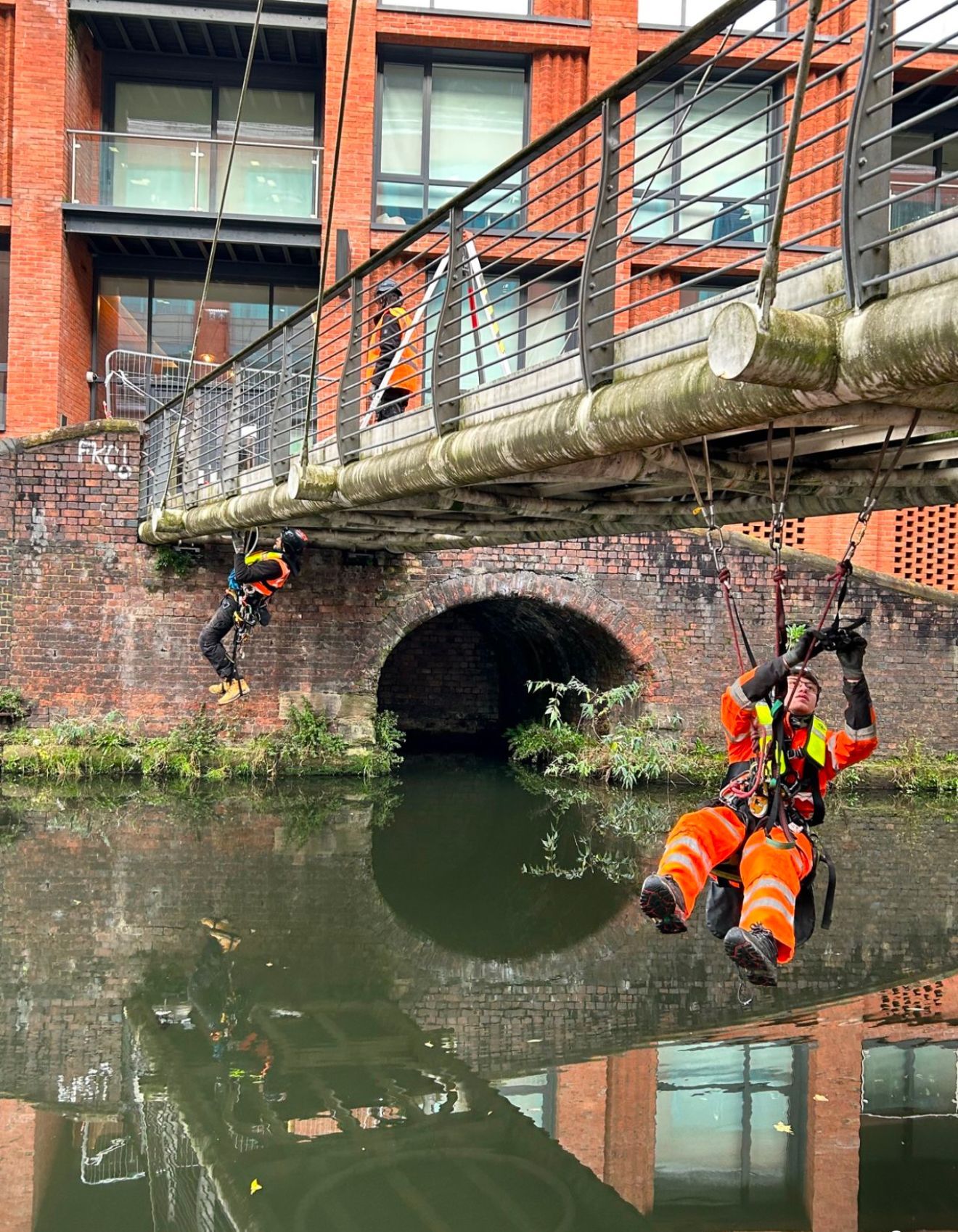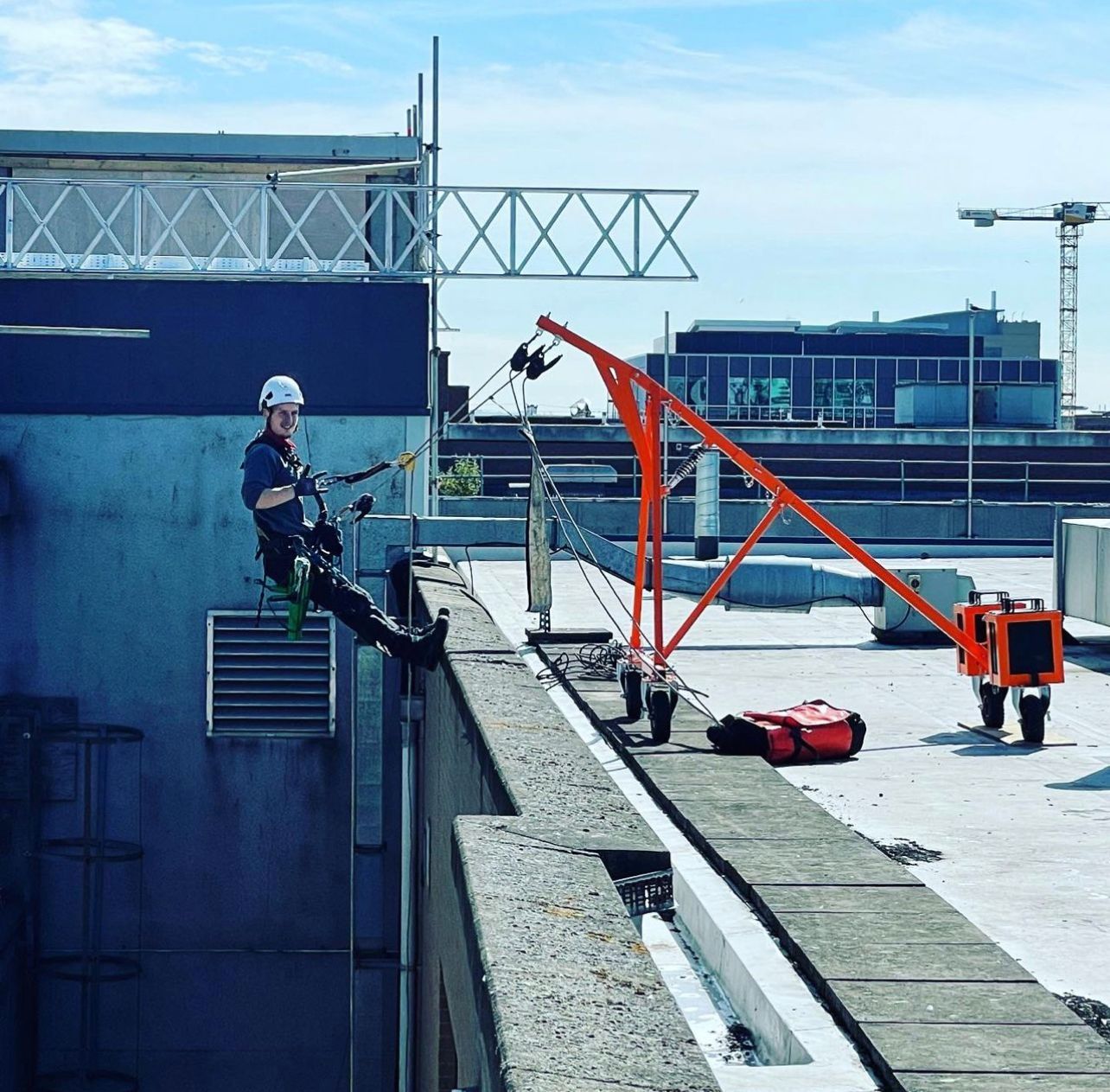Rope Access Work
A Safety Guide to Rope Access Work
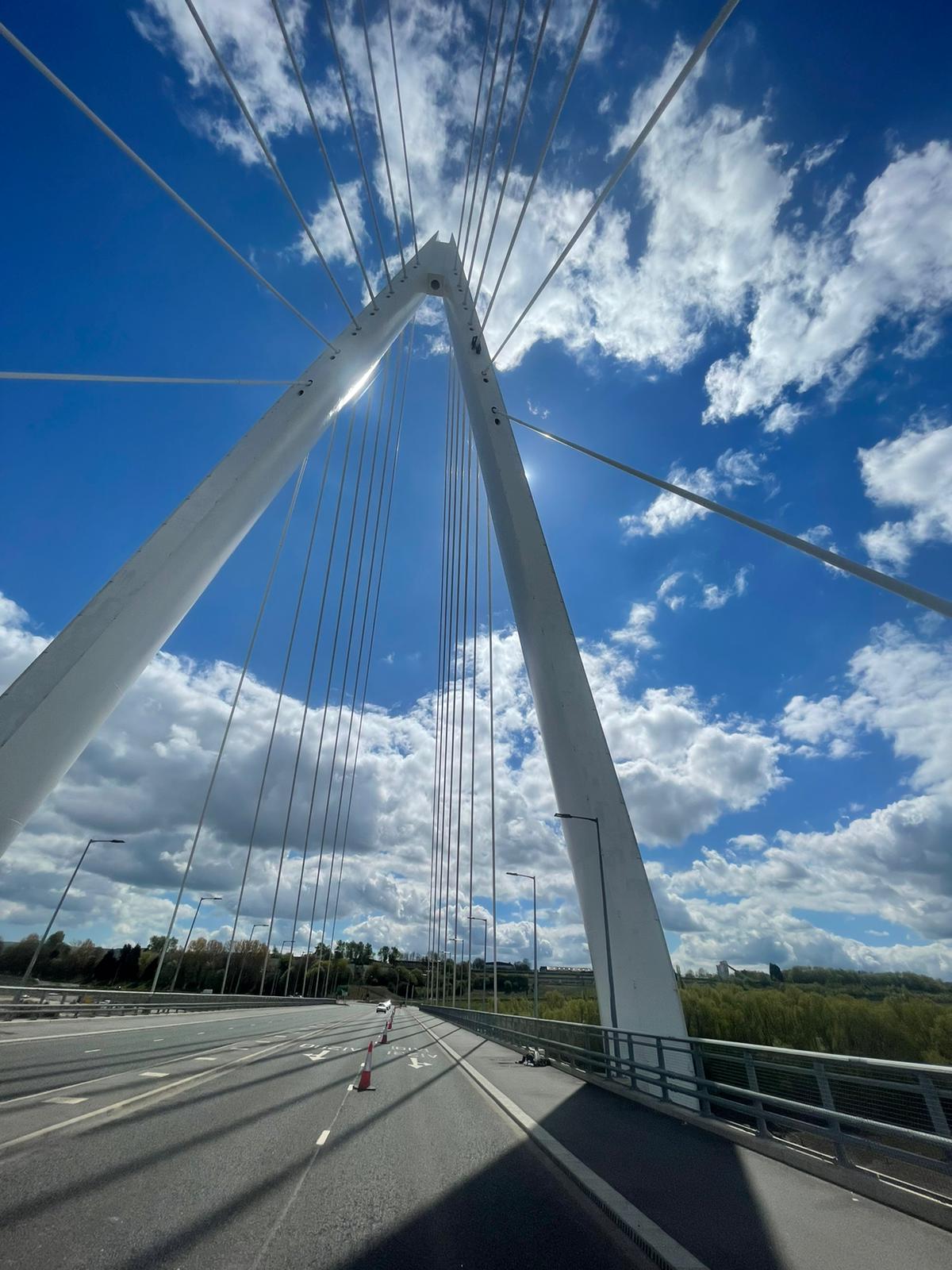
Rope Access
Industrial Abseiling
Steeplejack
Embarking on a career in rope access will open your eyes to a world of new and exciting job opportunities, however, one of the first questions that aspiring rope access technicians ask is – is rope access safe?
After all, whether you’re working on land or at sea, a career in Industrial Abseiling involves all manner of working at height, so it’s only natural that budding technicians have concerns. The good news is, thanks to significant advances in safety equipment and technology, rope access work is incredibly safe and “hazards” are covered by strict health and safety regulations. In fact, rope access as an industry has a great track record for implementing the very best safety precautions of any working at height system.
What is rope access work?
Rope access work involves using specialist access techniques, similar to that of a steeplejack in order to complete a range of challenging tasks, in difficult to reach locations, often in very remote environments, such as high buildings, manufacturing facilities, oil platforms, aircrafts, wind farms, offshore vessels, as well as other hard to reach structures.
Using a range of specialist techniques and high-quality safety equipment, rope access technicians undergo extensive training through IRATA to ensure that they are able to complete their work safely and efficiently.
What regulations are there for Rope Access Work?
If you work in any part of the civil and industrial sectors, you will quickly realise that there’s lots of regulations designed to keep you and those around you safe, that you will need to follow. After all, preventing accidents in any environment at work is always a top priority, especially in the rope access industry given the level of risk when working at height.
With tightly controlled regulations throughout the industry, rope access technicians can expect to familiarise themselves with lots of rules and regulations and follow them at all times. After all, there really is no space for human error. Which is why it quite often suits, well-disciplined men and women, often from military backgrounds.
What training do I need for Rope Access Work?
If you’re thinking of becoming a fully fledged rope access technician or industrial abseiler, you will have to undergo extensive training which is led by the Industrial Rope Access Trade Association (IRATA). This body is responsible for setting out and regulating the training of all rope access workers that are looking to embark on career in rope access. The training is renowned in all corners of the globe for being the best in the business.
There are three different levels of IRATA certifications and no matter what role you choose to do, this standard of training is a requirement for all working rope access technicians.
Working with constant supervision
Once you have completed your training, you won’t just be left to your own devices, especially when you are only fresh out of training! In every rope access role, no matter what environment you are working in, there are rope access level 3 supervisors always on hand to ensure that safety and protocols are always monitored, at all times, with visual and verbal means. At the same time, rope access technicians very rarely work alone and its common practice for technicians to work in pairs, or teams.
What type of equipment will I be working with
Thanks to significant advances in technology, rope access equipment is now more sophisticated than ever before and it’s also incredibly safe. At Dangle we only use Petzl equipment, as the leading manufacturer, they take safety as seriously as we do, with every fabric item having a service life of 10 years, and every metal item of equipment coming with a lifetime guarantee, subject to correct use and maintenance.
And there’s a lot more equipment that you will be using other than ropes and a harness. For example, you will also be working with an additional rope that is used as a backup system if ever your working line suffers damage, and each rope is rigged to a different anchor point, with a minimum breaking stain of 15kN. All equipment must be rigorously tested and inspected by a trained professional before any work is started. Oh and of course, risk assessments and toolbox talks are always carried out to the highest standard and with meticulous attention to detail.
Planning rope access operations
When it comes to planning rope access operations, there’s an incredible amount of work involved behind the scenes, usually before anyone ever sets foot onsite, especially when it comes to taking account of any risks from a rope access operations point of view. This is a task that is completed in detail in order to specify rescue arrangements, ensure that the correct equipment is available and that the right people with the right experience and qualifications are assigned to the project.
Already a qualified rope access technician, and consider yourself one of the best? Then, apply to Dangle now using the below form to submit your details!
About Dangle Rope Access
Here at Dangle Rope Access, we provide a variety of comprehensive inspection, access, coatings, and composite (IACC) industrial services. Our services are available to both the private and public sectors.
We offer high-quality proven solutions that will help reduce maintenance costs in both the long and short-term. We are based in Dundee, Scotland and also have offices based in Edinburgh, along with our newly established training centre in Northern Ireland Dangle Academy. Due to our company size and structure, we are able to offer a flexible and versatile approach to the way we run our business and the services that we offer our clients. And, as a leading painting company, we’ve worked on several renewable energy projects in the UK, Europe, and the US.
We work with both on and offshore with wind farm operators, and asset owners. For offshore wind farm maintenance, to onshore building maintenance, we can cover both the East and West coasts.
To find out more about how our team can help you contact us today. Our friendly, professional and helpful team is always on hand to help.
Wind Farms
Rope Access Equipment
IRATA
We'd love a share...
